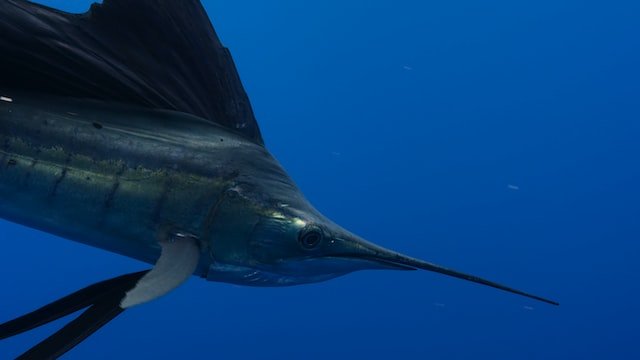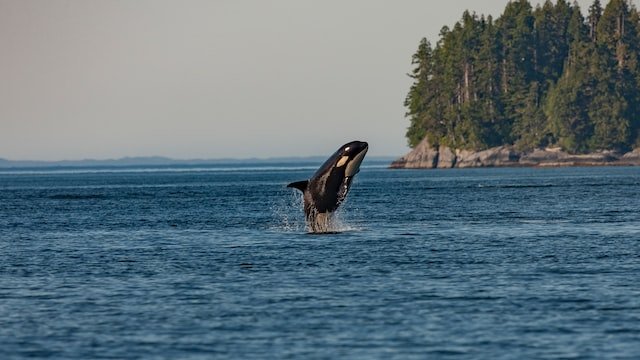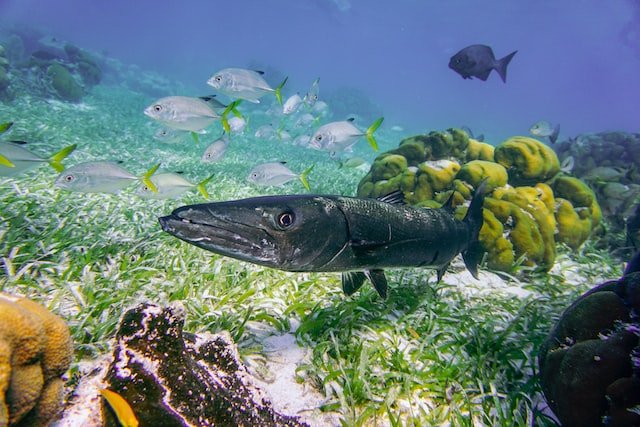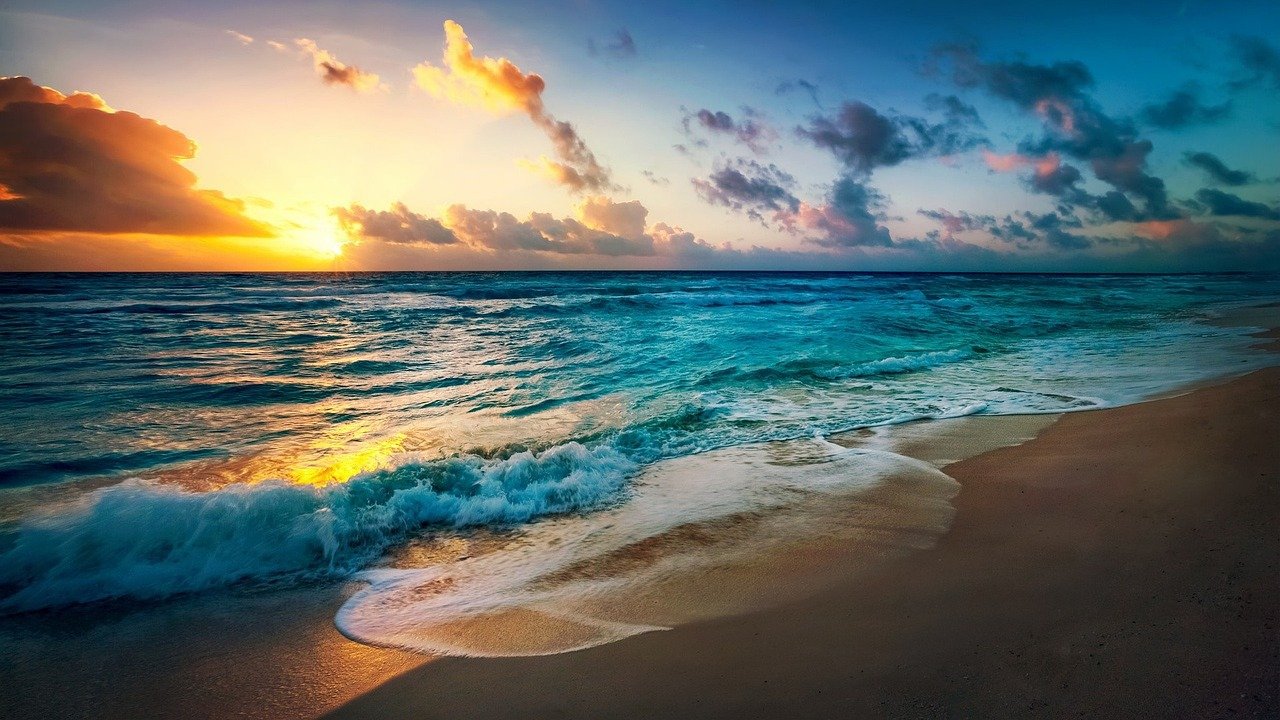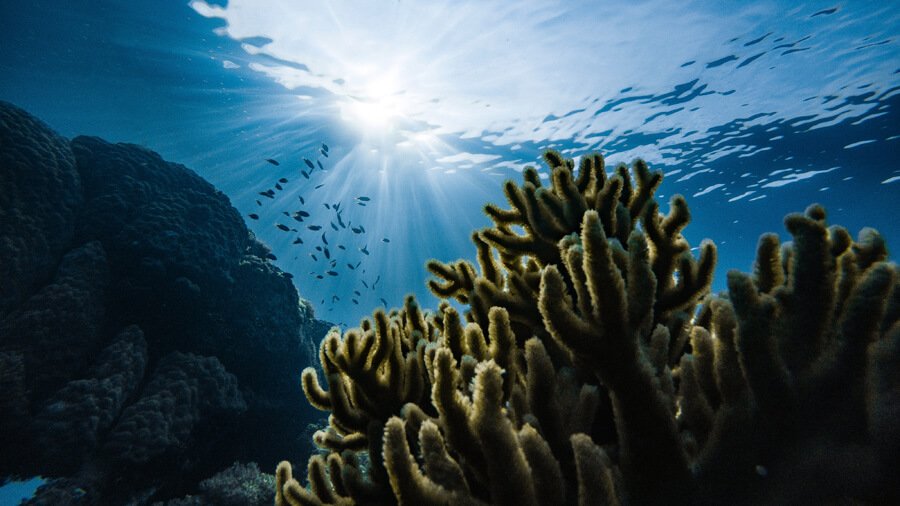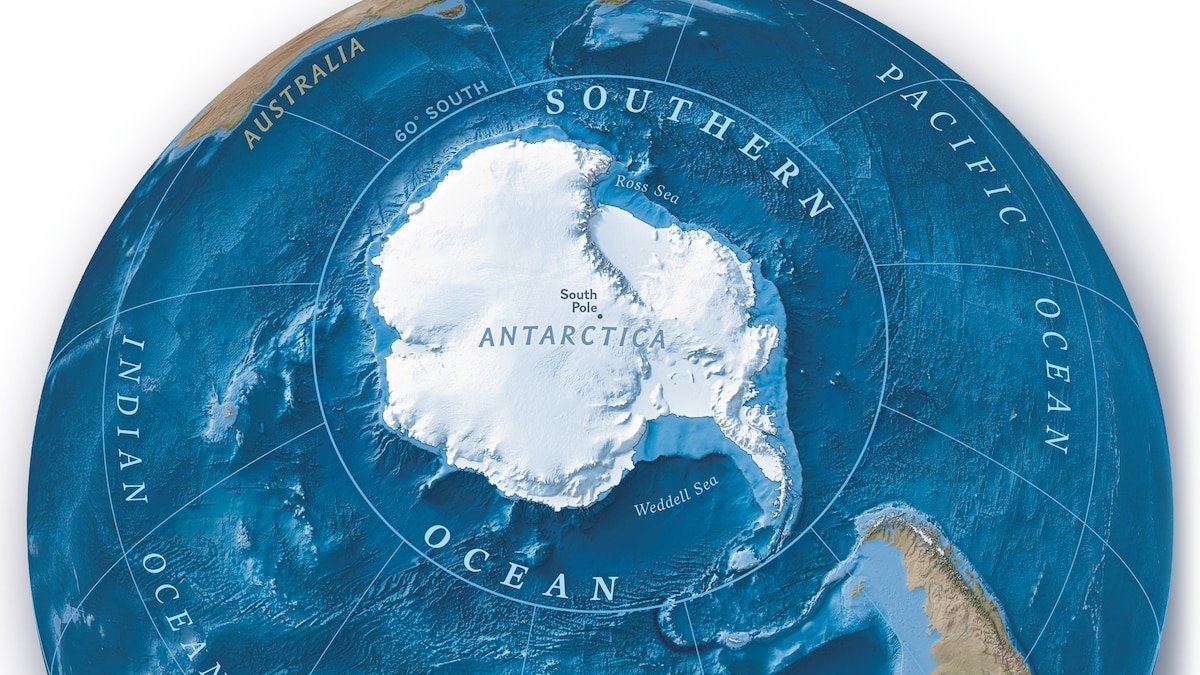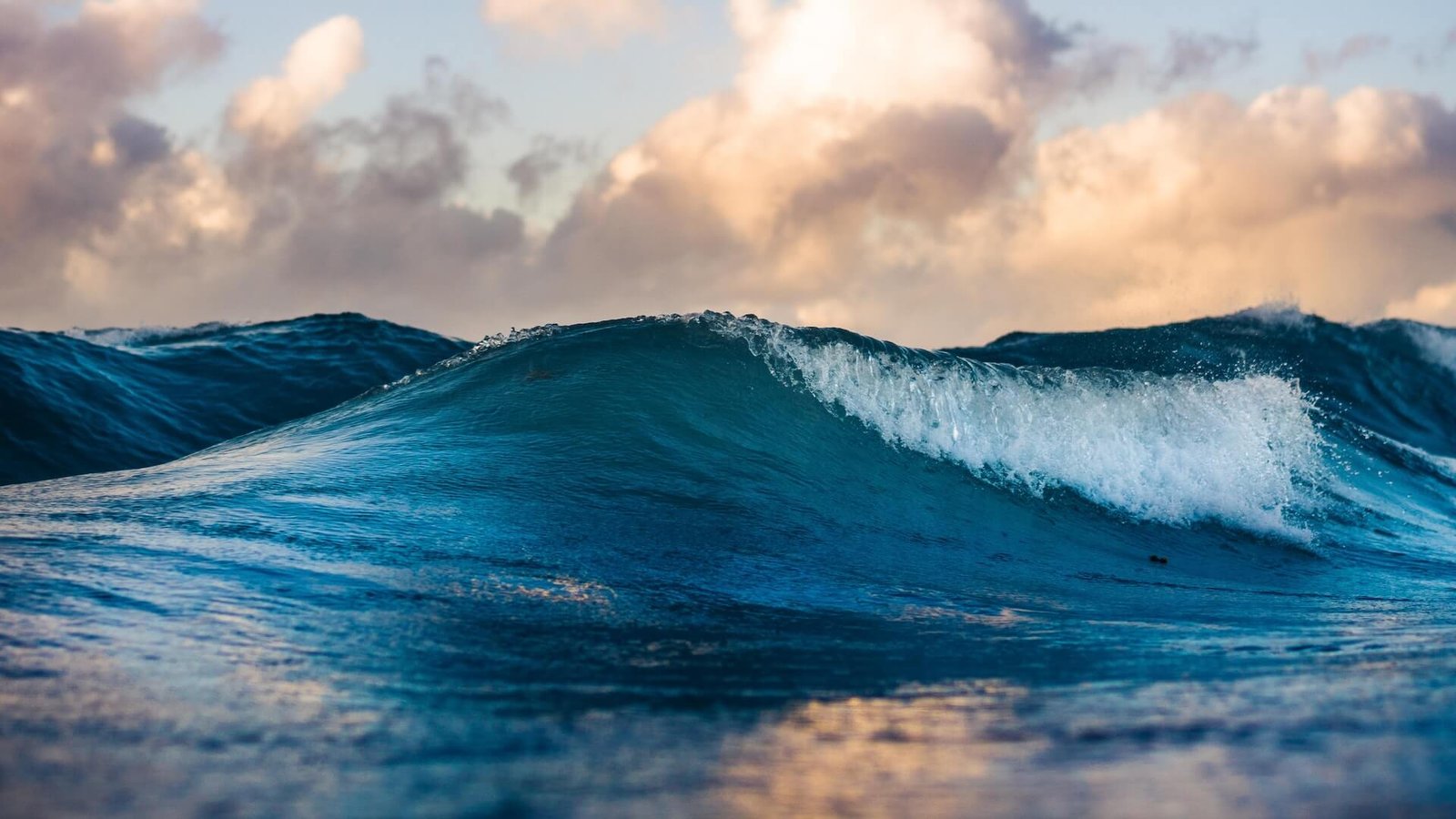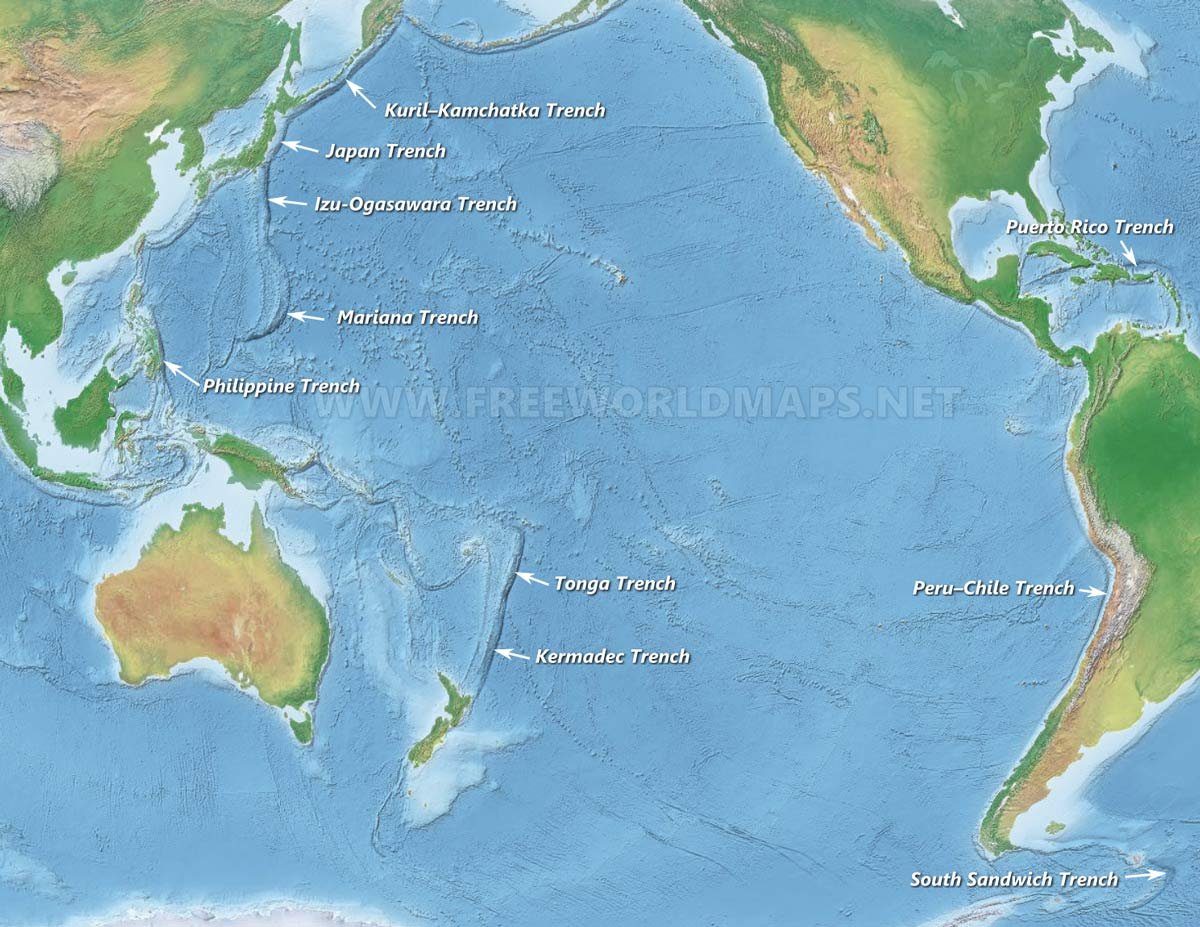Fish are an odd bunch of creatures, and we still don’t know a lot about them. Measuring their exact speed is difficult, whether they’re swimming freely in open waters or tugging at your line. Scientists and wildlife experts agree, however, that these ten fish are most likely the fastest in the ocean.
10. Flying fish
Swimming speed: 50 km/h to 56 km/h
Inhabited region: Subtropical waters of the Atlantic and Pacific
INTERESTING FACT: THEY CAN FLY OUT OF THE WATER
The Flying Fish is a fish that both ordinary people and scientists find fascinating. This fish can fly, as its name suggests. It shoots out of the water in a frenzy, using its forked tails as a whip. Then it spreads its pectoral fins like wings (similar to how a bird starts flight from land). The wind passing under and over the wings allows them to fly above the water. Flying fishes can reach speeds of up to 70 km/h, allowing them to flee predators.
9. Swordfish
Swimming speed: 55 km/h to 64 km/h
Inhabited region: Tropical and temperate parts of the Atlantic, Pacific, and Indian Oceans
INTERESTING FACT: THEIR SWORD IS USED TO SWIPE AT PREY
Swordfishes are among the most popular swimmers in the ocean, resembling an elegant sword (though perhaps not quite) floating around. They can swim at an incredible 96 kph and can be found at depths of 550m. They are a valuable fish species in the Mediterranean Sea. Another fascinating fact discovered by scientists is that swordfishes get their speed from the gland that helps them coat their heads in oil.
8. Killer Whale
Swimming speed: 55 km/h to 60 km/h
Inhabited region: Oceans
INTERESTING FACT: HUNTS TOGETHER AS A GROUP
Killer Whales, one of the ocean’s less-than-pleasant inhabitants, are the next fastest animal on this list. Despite their common name, Killer Whales, also known as Orcas, are members of the dolphin family. They are, in fact, the world’s largest dolphin species. They travel and hunt in groups of 5-20 people called ‘pods.’ Killer whales have hydrodynamic bodies that allow them to reach top speeds of 55 kilometers per hour, which helps them as predators.
7. Barracuda
Swimming speed: 58 km/h (36 mph)
Inhabited region: Temperate and tropical oceans
INTERESTING FACT: VERY SHINY SCALES MAKE THEM EASILY DISTINGUISHED
Barracudas can swim at 58 kph thanks to their long and thin bodies, which are designed for fast movement through the water. Predators have a difficult time catching them due to their speed and size, which can reach up to 5 feet. This missile-like fish is also distinguished by its gleaming silver scales. Barracudas are predators with keen vision and precise hunting abilities.
6. Atlantic Bluefin Tuna
Swimming speed: 60 km/h to 70 km/h
Inhabited region: western and eastern Atlantic Ocean, Mediterranean Sea
INTERESTING FACT: IS AN ENDANGERED SPECIES ON THE MARGIN OF EXTINCTION
Bluefin Tunas are considered heavy (450 kg), but they are also one of the fastest fish in the ocean. This massive fish can swim at speeds of 69 kph and dive to depths of 1600 ft. Bluefin Tunas are on the verge of extinction because they are one of the most commonly caught tuna species in commercial fishing. They can be found primarily in the North Atlantic Ocean. Because international regulators have refused to impose fishing restrictions to protect this fish, it is up to consumers and the general public to raise awareness and prevent its population decline.
5. Bonefish
Swimming speed: 62 km/h (/38.5 mph)
Inhabited region: Tropical and temperate regions of the Indo-Pacific Ocean
INTERESTING FACT: THEY BELONG TO THE TUNA FAMILY
The Bonito fish, also known as the Sardini Tribe, is the next Olympic swimmer of the seas. They are related to tuna, mackerel, and kingfish. Despite their unassuming appearance, these medium-sized predatory fish can swim at a speed of 62 km per hour. That’s faster than a typical shark!
4. Blue Shark
Swimming speed: 69 km/h (43 mph)
Inhabited region: Throughout the world’s oceans
INTERESTING FACT: BLUE SHARKS AREN’T THE MOST AGGRESSIVE SHARKS, BUT ACCORDING TO SHARK ATTACK STATISTICS, THEY’RE STILL FAIRLY WELL-RATED.
These lurkers prefer deep, cold waters where they can swim at speeds of up to 43 miles per hour. Considering that these predators can grow up to 20 feet in length, their speed takes on a whole new dimension!
A close-up of a blue shark swimming toward the camera in shallow water.
Blue sharks have been spotted in many seas, including the Mediterranean, and can be found throughout the world’s oceans. They rarely stop by the Baltic and Red Seas, as well as the Gulf of Mexico.
Blue sharks are rarely on the bucket lists of anglers. This is due to the fact that they live in very deep waters, making it difficult to reach them. In exchange, these trips are usually not worthwhile.
3. Wahoo
Swimming speed: 77km/h (48 mph)
Inhabited region: Tropical and sub-tropical waters around the world
INTERESTING FACT: GETTING A WAHOO TO BITE IS THE EASY PART OF TRYING TO CATCH ONE.
Wahoos have razor-sharp teeth, a massive beak-like jaw, and speed that only a few fish can match! Even though they put up a good fight, anglers rarely target Wahoo on their own. More often than not, they become hooked while pursuing other species. That doesn’t mean that anglers aren’t happy to see Wahoo on the other end of their line, earning them the moniker “favorite bycatch” in big game fishing.
A Wahoo swimming with its head above the surface of the water
Their average height is 40-65 inches and their weight is 15-35 pounds. They can be found all over the world in tropical and warm temperate waters, including the Atlantic, Indian, and Pacific Oceans, the Gulf of Mexico, the Caribbean Sea, and the Mediterranean Sea.
2. Black Marlin
Swimming speed: 105 km/h to 129 km/h
Inhabited region: Australian coast and tropical Indo-Pacific
INTERESTING FACT: MARLIN ARE CLOSELY RELATED TO THE SWORDFISH
While sailfish is the fastest fish in the sea, only marlin are likely to be able to keep up with them. Although they are both members of the Istiophoridae family, marlins can be distinguished by their two distinct colors in one body (dark above and silver below) and their long, thin snouts. These fish can be found in the Indian Ocean, Atlantic, and Pacific oceans’ tropical waters. Marlins come in a variety of colors and sizes, including the Black Marlin and the Atlantic Blue Marlin. Marlins are known to swim at 105 kph, making them nearly impossible to catch.
1. Sailfish
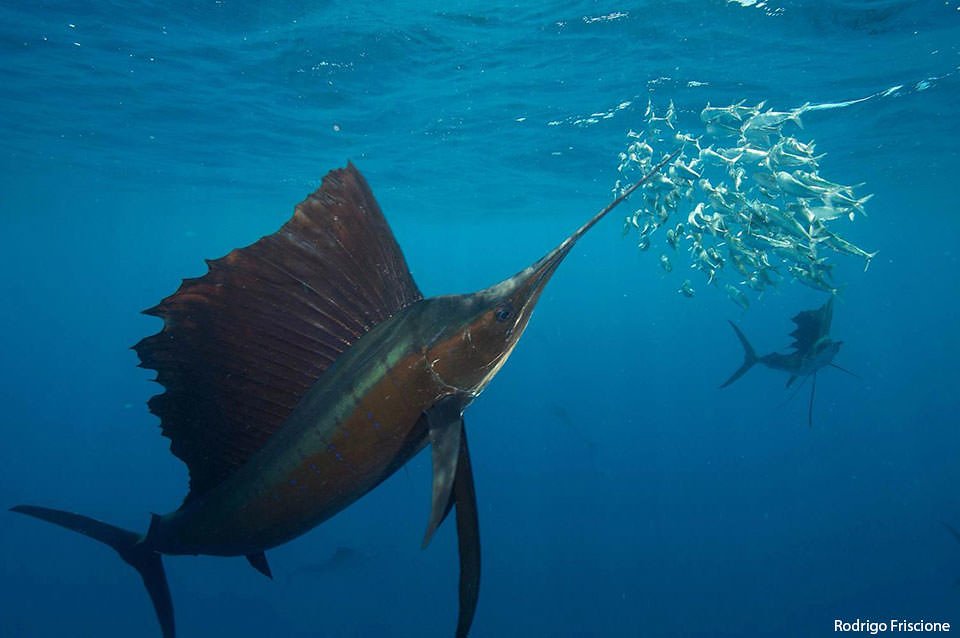
Swimming speed: 110 km/h
Inhabited region: Indian and Pacific Oceans
INTERESTING FACT: HAS A LARGE SAIL-LIKE DORSAL FIN
Sailfish is the fastest fish in the sea, with a top speed of 110 kph. They get their name from their massive dorsal fin, which resembles a sail. This fin aids them in moving through the water. Scientists estimate that these fish can leap out of the water at 68 miles per hour, which is faster than a cheetah! Sailfish are tenacious fighters who will fight tooth and nail if hooked. They can also grow to be 10 feet long. They can be found in warm temperatures in the Atlantic and Indo-Pacific oceans.



